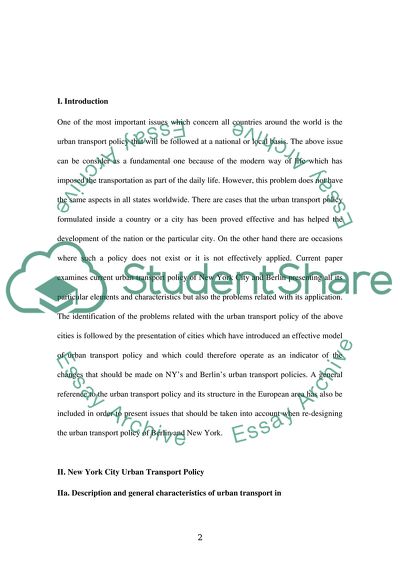Cite this document
(“Urban Transport Crisis in New York City and Berlin Essay”, n.d.)
Retrieved from https://studentshare.org/miscellaneous/1536462-urban-transport-crisis-in-new-york-city-and-berlin
Retrieved from https://studentshare.org/miscellaneous/1536462-urban-transport-crisis-in-new-york-city-and-berlin
(Urban Transport Crisis in New York City and Berlin Essay)
https://studentshare.org/miscellaneous/1536462-urban-transport-crisis-in-new-york-city-and-berlin.
https://studentshare.org/miscellaneous/1536462-urban-transport-crisis-in-new-york-city-and-berlin.
“Urban Transport Crisis in New York City and Berlin Essay”, n.d. https://studentshare.org/miscellaneous/1536462-urban-transport-crisis-in-new-york-city-and-berlin.


